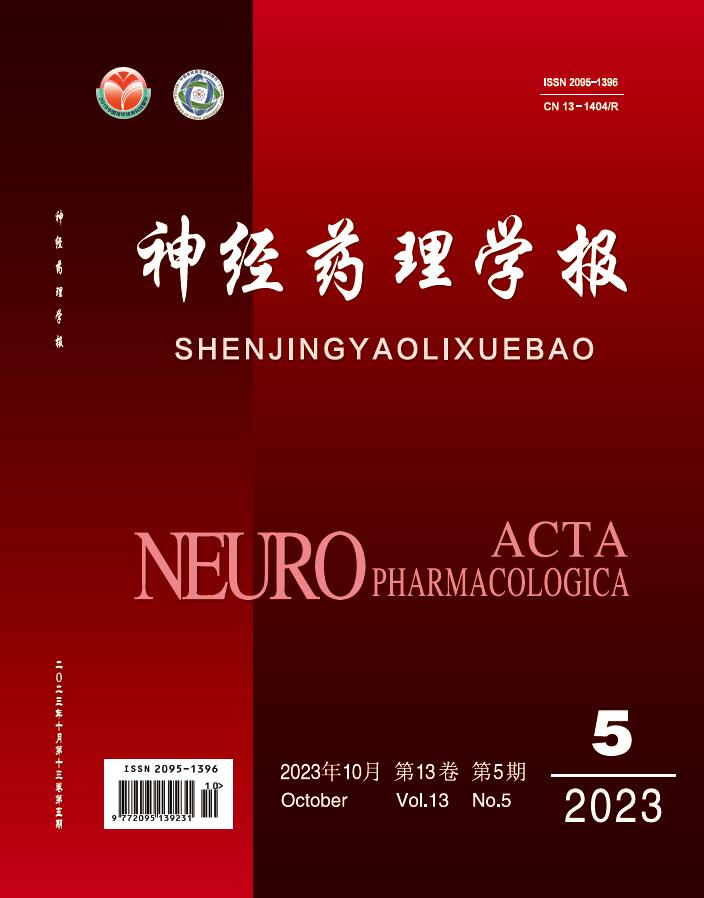Objective: To analyze the use and rationality of antihypertensive drugs in inpatients in our hospital in 2022. Methods: The general data of 510 hospitalized patients in our hospital in 2022 were retrospectively analyzed. The data of 510 hospitalized patients were collected from the database of our hospital. The types and frequencies of antihypertensive drugs were counted, the DDDs and DUI of common antihypertensive drugs were calculated, and the medication methods of antihypertensive drugs were analyzed. Results: The three most frequently used antihypertensive drugs were CCB (68.03%), β-RB (52.94%) and diuretics (50.00%). Among the antihypertensive drugs, the most frequently used drugs were nifedipine controlled-release tablets, accounting for 40.78%, followed by metoprolol tartrate sustained-release tablets, enalapril maleate tablets, hydrochlorothiazide tablets, valsartan capsules, accounting for 29.80%, 28.03%, 24.31%, 15.68%, respectively. Nifedipine controlled release tablets had the highest DDDs value. The DUI values of nifedipine controlled-release tablets, enalapril maleate tablets, metoprolol tartrate sustained-release tablets, hydrochlorothiazide tablets and valsartan capsules were 0.97, 1.03, 0.93, 0.95 and 0.90, respectively. Single, double, triple, quadruple, five and six antihypertensive drugs accounted for 13.52%, 42.35%, 33.33%, 9.40%, 0.98% and 0.39%, respectively. Conclusions: CCB, β-RB and diuretics are the main antihypertensive drugs used in our hospital in 2022, and combination therapy is the main treatment method. The application of antihypertensive drugs is scientific as a whole, but there are still some irrational drug use cases, such as high dosage of enalapril maleate tablets. In the subsequent treatment process, clinicians should clarify the contraindications and adverse reactions of different antihypertensive drugs, and ensure the rationality of medication according to the actual condition of patients.

